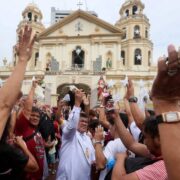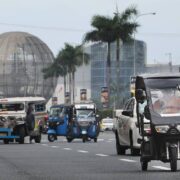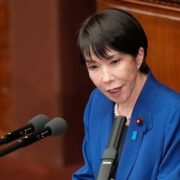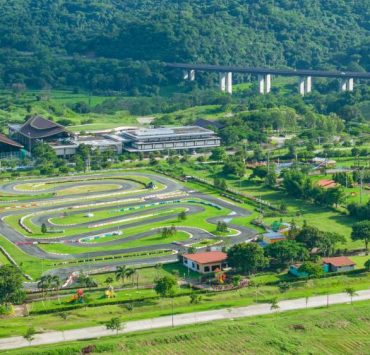NatIional Fiber Backbone launched, starting with Laoag-QC phase
Imagine a time when even your neighborhood “sari-sari” store, mechanic or shoeshine boy can do business or build a customer base both on- and offline.
A government project offering such possibilities was launched on Friday, giving micro, small and medium enterprises (MSMEs) an opportunity to thrive in the digital space.
“This is the infrastructure that will open employment opportunities, improve market efficiency, attract foreign investments and stimulate livelihood across the different sectors of our economy and our society,” President Marcos said of the National Fiber Backbone (NFB) project.
Laoag to QC
“We get to the point where the sari-sari store doesn’t sell only to the village. The sari-sari store can sell anywhere and that brings us into the digital space. Even what we referred to as nano enterprises. I’m talking about the shoeshine boy, the mechanic who has had jobs,” he said, citing examples of how the NFB can narrow the “digital divide.”
To be implemented under the National Broadband Program of the Department of Information and Communications Technology, the first phase of the NFB will cover 1,245 kilometers from Laoag City in Ilocos Norte to Quezon City.
It will be composed of 28 nodes and, with the completion of the next five phases by 2026, is expected to increase the internet penetration rate in the country from the current 33 percent to 65 percent, or 70 million out of 115 million Filipinos.
With an initial 600 gigabits per second optical spectrum capacity, the NFB Phase 1 will extend a digital lifeline to more than 3,000 free Wi-Fi sites, translating to fast internet access to around 750,000 beneficiaries in Ilocos Norte, Central Luzon and Metro Manila.
Basic right
“[It’s a] very big push to bring MSMEs into the digital space” and “guarantee the people’s enjoyment of the internet as a basic human right,” the President added during the launch held at Sofitel Philippine Plaza Hotel in Pasay City.
Aside from giving the local economy a boost, the NFB will also serve the needs of government agencies and the communities on its path, including 14 provinces in northern and Central Luzon, two national government data centers, and four ecozones, he added.
The first phase can improve the efficiency of 346 national and local government offices connected to the Government Network and result in savings of up to more than P145 million every year. INQ
















